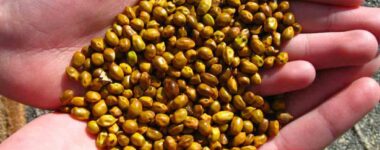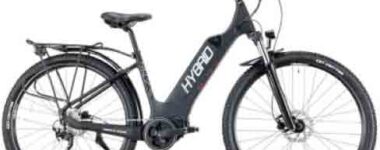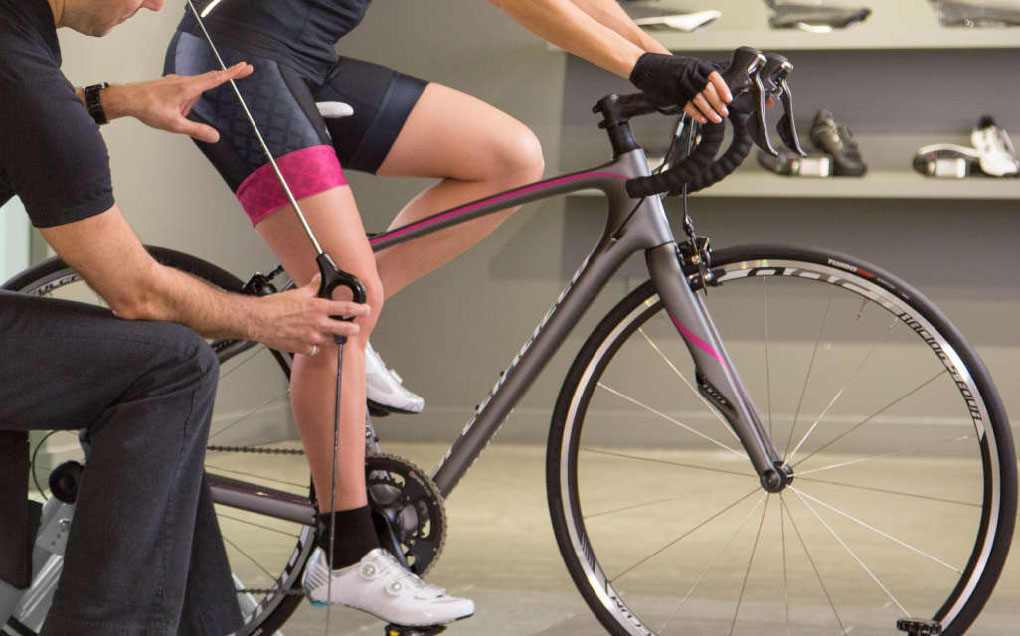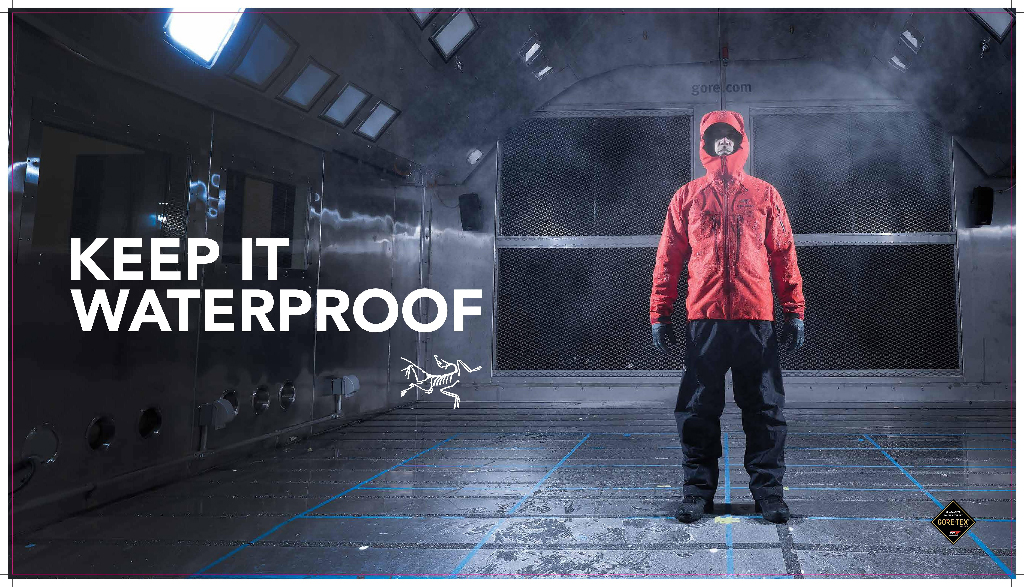Latest News
Share this post:
The chain and drivetrain are typically the dirtiest parts of your bike, and this dirt is bad news for bike longevity and performance. Specifically:
-
-
- Increased rate of chain wear.
- Reduced flexibility of chain links.
- Added wear on derailleur assemblies and drivetrain cogs.
- Impaired shifting performance.
-
When to Clean and Lube
Regular Cleaning on the Bike
On a regular basis, look at the entire chain by standing to the side of your bike and lifting the rear wheel off the ground. Use your free hand to slowly rotate the closest pedal, inspecting individual chain links for dirt buildup, rust and/or tight links (links that do not bend easily as they pass through the rear derailleur). Check for adequate lubrication by listening for squeaks while riding. If you find either condition, your chain needs at least a spot-cleaning.
To spot-clean the chain while it’s still on your bike:
-
-
- Brush out the links with a firm brush (an old toothbrush also works).
- Lubricate the links from time to time with a chain lubricant.
- Wipe off excess lubricant with a clean, dry rag. Over-lubricating can actually attract new dirt.
-
For a more thorough cleaning, use a chain-cleaning tool. Attach it to your chain for a quick, deep cleaning.
Occasional Cleaning with the Chain off the Bike
Every few months or so (more often for mountain bikes), completely remove your chain using a chain-removal tool. Brush it well and completely immerse it in a chain solvent to get rid of built-up grime that brushing can’t remove. Let the chain soak until most of the dirt has been freed from the links and bushings. Dry the entire chain using a clean rag. Make sure that the solvent has completely evaporated, then lubricate the chain and re-install.
A Word on Lubricants
There are 2 key properties to any chain lubricant. They must:
-
-
- Minimise the accumulation of dirt, because dirt accelerates wear.
- Be durable, because lack of lubricant also increases chain wear.
-
Durability is the lesser issue as you can and should lube your chain often. Oils that are specifically marketed as bicycle-chain lubricants are superior to non-bicycle-specific products. They generally contain Teflon® and are designed to repel dirt and water.
Note: Always use a cleaner and lubricant designed for bike drivetrains.
Problems to Watch for When Cleaning
Tight Links
These are links that no longer bend smoothly. To spot them, pedal your chain slowly backwards and watch as each link passes through the tight turns of your rear derailleur.
Most are caused by dirt or corrosion between link plates; these can be fixed by cleaning, lubricating and a little flexing back and forth. Others are the result of improper pin installation (the pin that holds the chain links together is not fully inserted through the links and rollers) or serious chain damage. Poorly installed link pins can sometimes be worked back into position by shifting them back and forth inside their chain plates by using either a chain tool or your hands. Damaged chains should be completely replaced.
Chain Stretch
As chains wear, they become longer. This is called stretch, which is a misnomer because nothing actually stretches. Chains lengthen as wear occurs between the rollers and the link pins. This creates slop or free play that leads to gear “skipping” in some cases. It also causes extra wear and tear on your chain rings and rear cog teeth.
It’s much cheaper to replace a chain than it is a cog set..


 Collecting and Propagating Seeds
Collecting and Propagating Seeds China on a Plate: The Flavours of a Nation (with a Spotlight on Sichuan)
China on a Plate: The Flavours of a Nation (with a Spotlight on Sichuan) Kinesiology Cross Patches
Kinesiology Cross Patches Camaraderie On a Walking Tour…
Camaraderie On a Walking Tour… How E-Biking Has Transformed Biking Tours
How E-Biking Has Transformed Biking Tours








